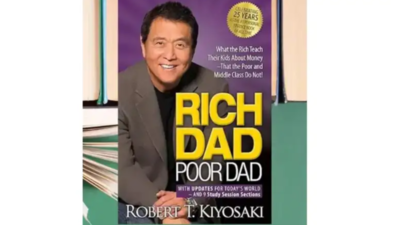Financial educator and best-selling author Robert Kiyosaki has made a bold projection for Bitcoin value as investors deal with the current global economic turmoil. According to the Rich Dad Poor Dad author, Bitcoin could surpass $1 million per coin by 2035, with gold hitting $30,000 per ounce and silver reaching $3,000 per coin.
In a recent post on X (formerly Twitter), Kiyosaki emphasized that even those struggling financially today still have a chance to become wealthy – if they take decisive action now. “If a poor person bought a few ounces of gold or silver, or 1/2 of a Bitcoin,” he wrote, “I predict they may become the new rich… once this Depression is over.”
“I strongly believe, by 2035, that one Bitcoin will be over $1 million dollars. Gold will be $30k and silver $3,000 a coin,” he further asserted.
His statement comes amid growing fears of a deepening financial downturn. With US credit card and national debt at historic highs, unemployment rising, and retirement accounts shrinking, many Americans are feeling the pressure. But Kiyosaki believes this crisis — which he refers to as the “Greater Depression” – “may be the opportunity of your lifetime”.
“This may be the easiest money you ever make. Those who wait in fear….may be the biggest losers” Kiyosaki further stated, pointing to alternative assets like Bitcoin and precious metals as potential lifelines for those willing to step outside traditional systems.
Also read: ‘Don’t waste this crash,’ says Rich Dad Poor Dad author claiming ‘opportunity of lifetime’ is here
Kiyosaki also highlighted the significance of mental attitude alongside financial guidance in building wealth. Based on his life experiences and personal history, he observed that an individual’s approach to discussing money significantly influences their financial future.
“Poor people are poor because they speak and think poor words—like ‘I can’t afford it’ or ‘I’ll wait.’ Words become flesh,” he said. Simply said “poor people speak poorly about themselves,” he added.
(Disclaimer: Recommendations and views on the stock market and other asset classes given by experts are their own. These opinions do not represent the views of The Times of India)





